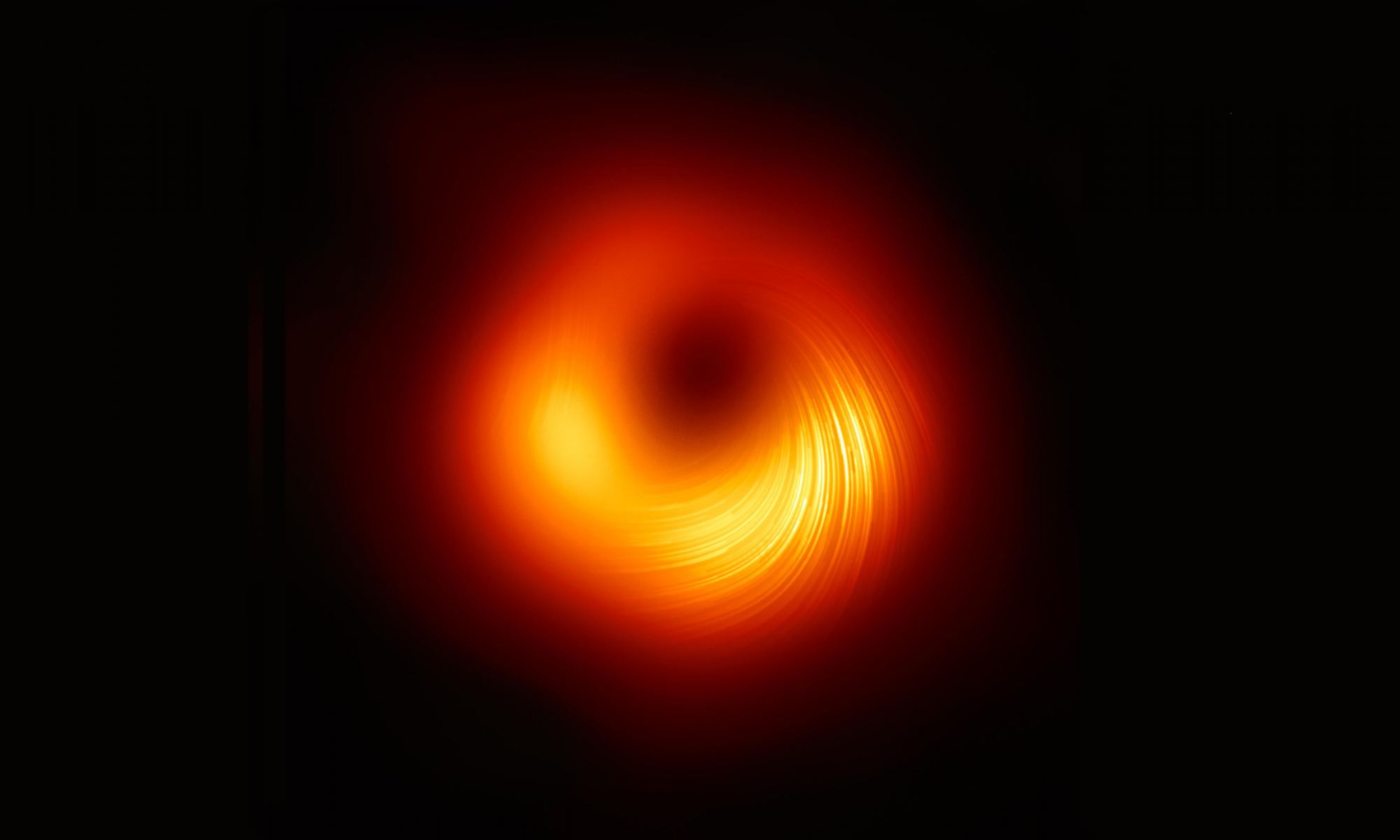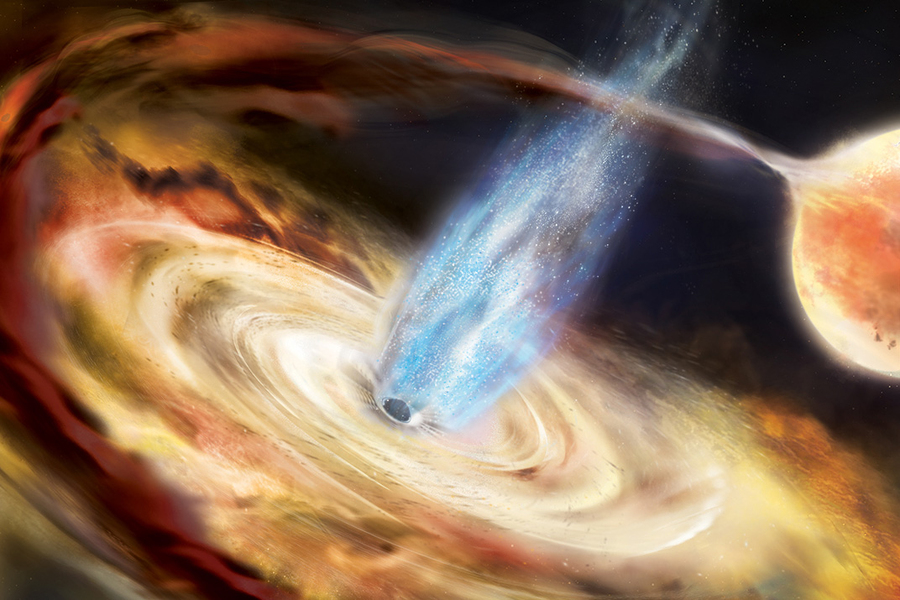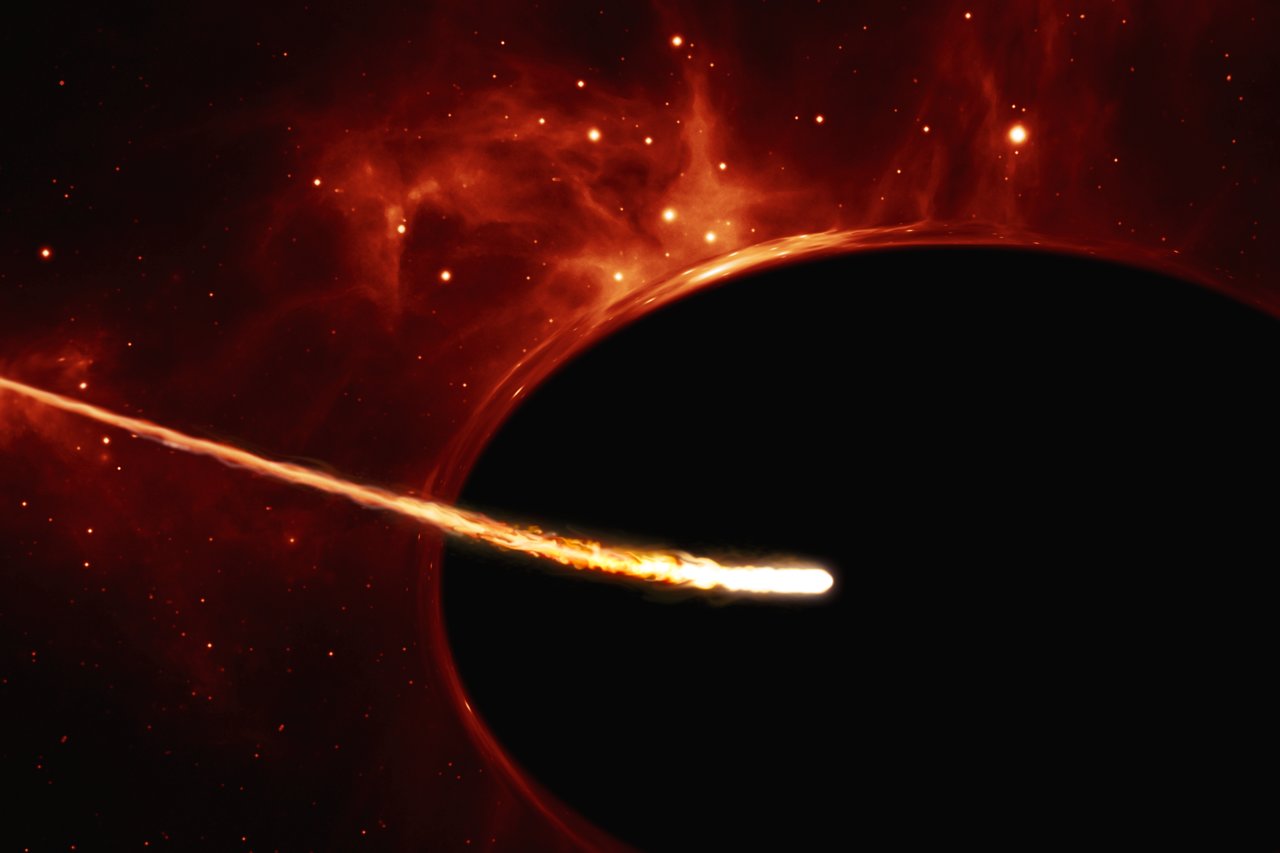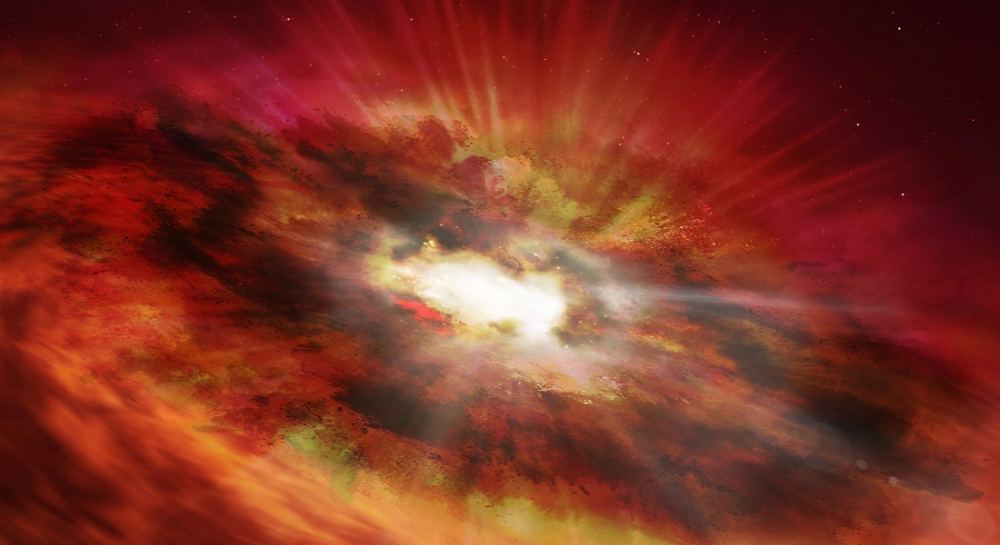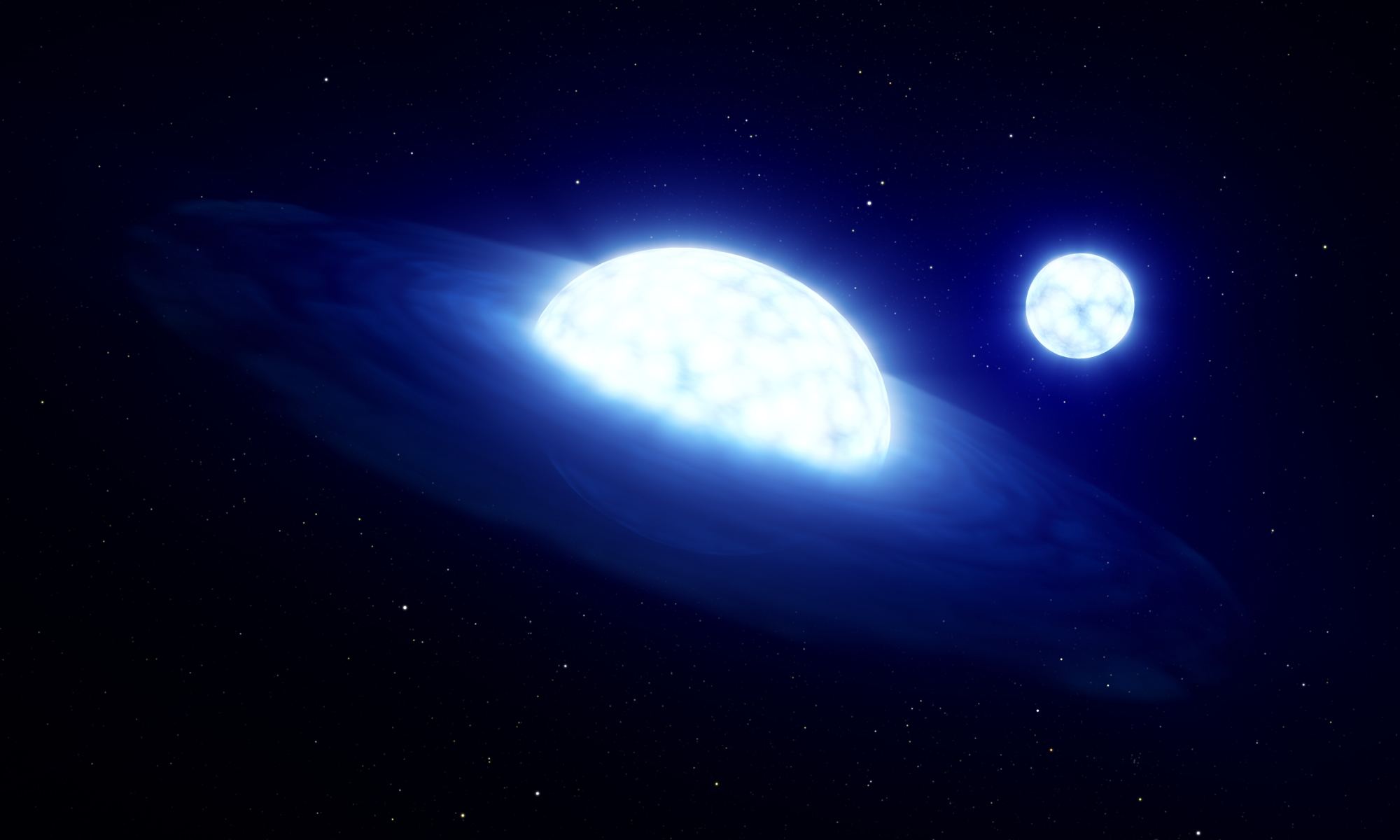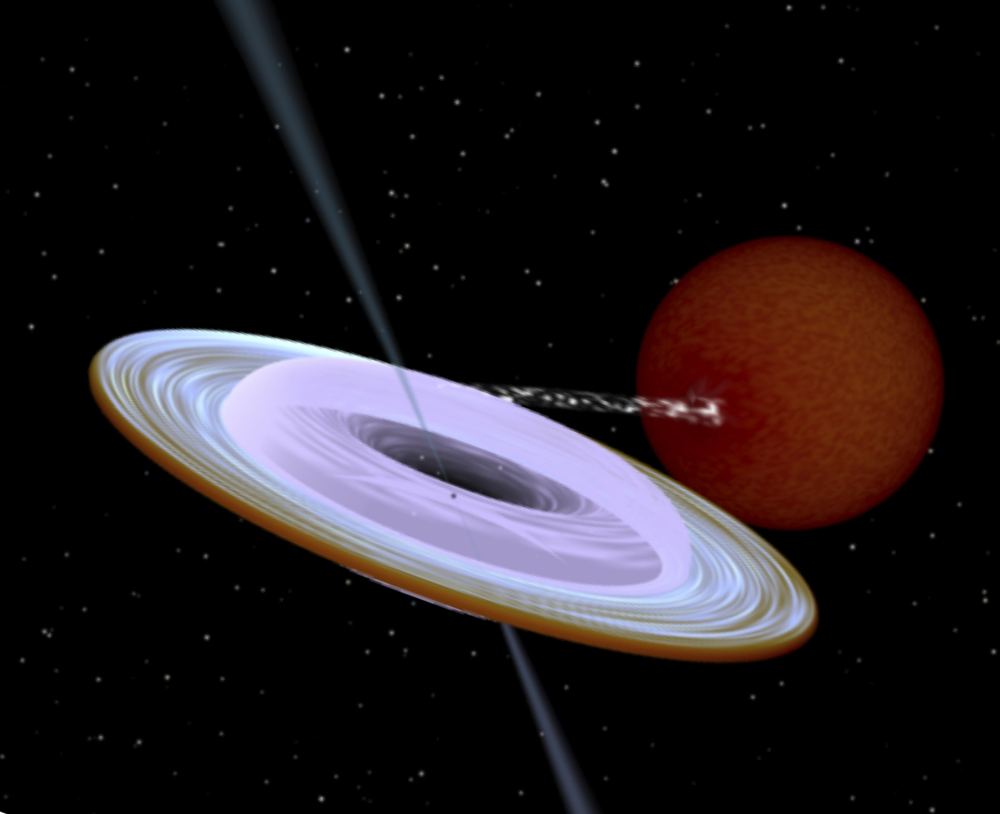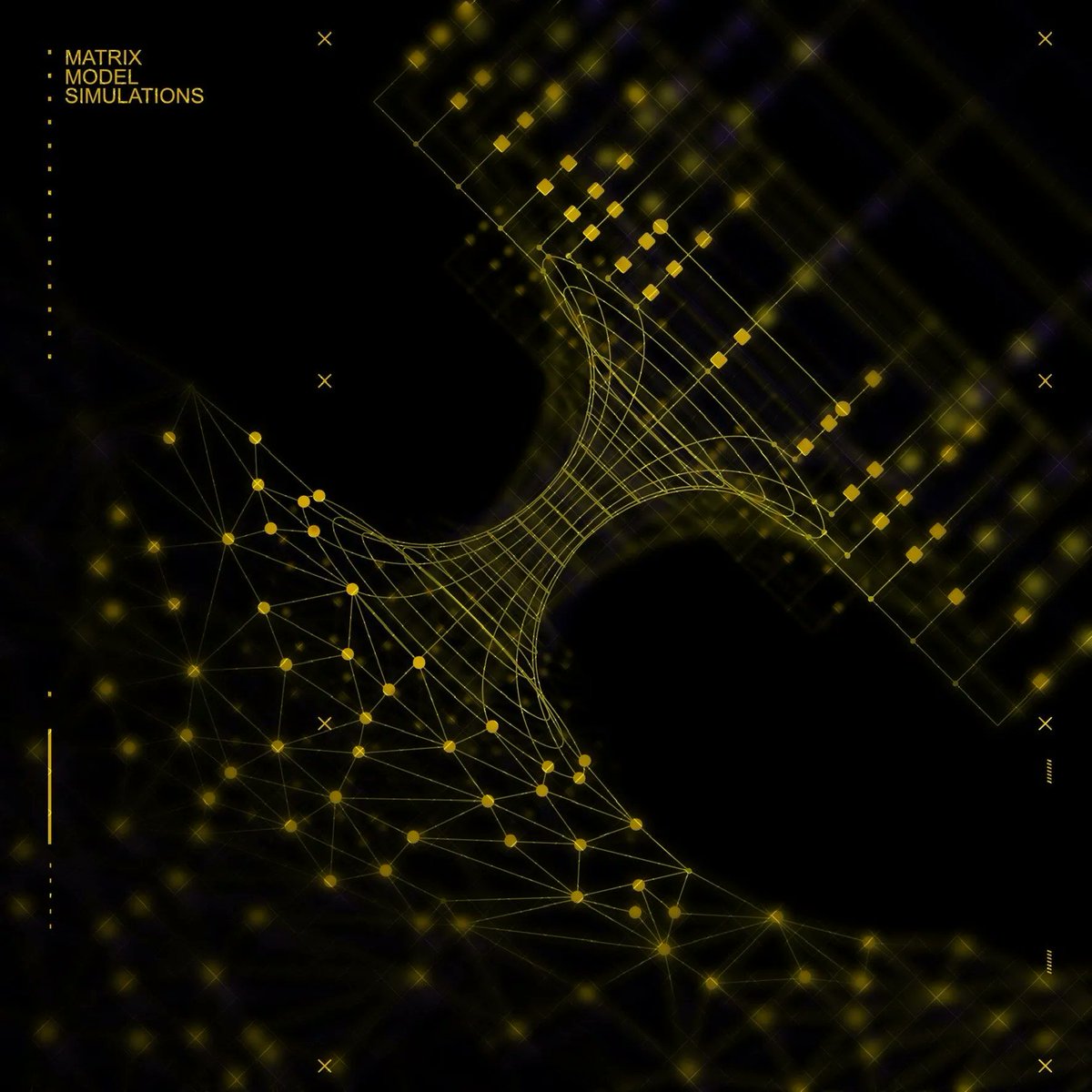At the center of the more-massive galaxies in the Universe lie the intensely powerful and energetic phenomena known as supermassive black holes (SMBHs). This includes the SMBH at the center of the Milky Way, the mysterious radio source known as Sagittarius A*. The presence of these black holes causes the nuclei of these galaxies to become particularly energetic – aka., an Active Galactic Nucleus (AGN), or a Quasar – and causes them to outshine all of the other stars in the galactic disk combined.
For decades, astronomers have sought to learn more about SMBHs and their role in the evolution of the cosmos. A particularly burning question is how early SMBHs formed in the Universe, which would place constraints on how they have influenced galaxies over time. In a surprising discovery, an international team observed the ancestor of an SMBH for the first time. This black hole (known as GNz7q) existed during a period known as “Cosmic Dawn,” far earlier than expected.
Continue reading “An Ancestor of Supermassive Black Holes, Found at Cosmic Dawn”


